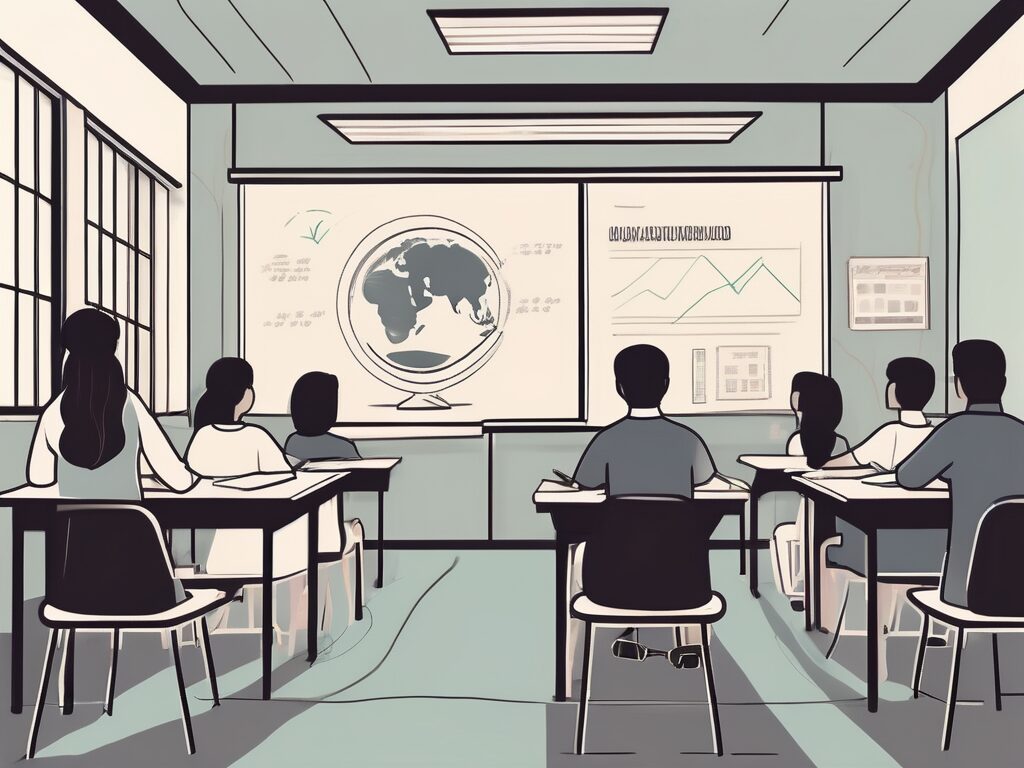The International Postgraduate Certificate in Education (IPGCE) is a globally recognised qualification that equips teachers with the skills and knowledge to deliver high-quality education in international schools. In Singapore, where the demand for qualified teachers is high, an IPGCE can open doors to a rewarding teaching career. But, having the certification is just the first step. To truly make an impact, teachers need to employ effective teaching techniques. In this piece, we’ll explore five techniques that can enhance your teaching effectiveness in Singapore’s diverse and dynamic classrooms.
1. Culturally Responsive Teaching
As an international educator, you’re likely to encounter students from a variety of cultural backgrounds. Culturally responsive teaching is a pedagogical approach that recognises the importance of including students’ cultural references in all aspects of learning. This technique not only fosters an inclusive learning environment but also enhances students’ academic achievements.
Implementing culturally responsive teaching involves understanding the cultural backgrounds of your students and integrating this knowledge into your teaching practices. For instance, you might incorporate examples from different cultures in your lessons or use teaching materials that reflect the diversity of your classroom. It’s a bit like cooking a dish with ingredients from various cuisines – the result is a richer, more flavourful learning experience.
2. Differentiated Instruction
Just as a tailor customises a suit to fit an individual perfectly, differentiated instruction involves tailoring your teaching to meet the unique needs of each student. This technique is particularly effective in Singapore, where classrooms are often diverse in terms of students’ abilities, learning styles, and interests.
There are several ways to implement differentiated instruction. You might, for example, vary the content, process, or product of your lessons based on students’ readiness, interest, or learning profile. It’s akin to adjusting the ingredients, cooking method, or presentation of a dish to cater to different dietary needs and preferences. The result? A more engaging and effective learning experience for every student.
3. Collaborative Learning
Collaborative learning is a teaching technique that involves students working together to achieve a common goal. This approach not only fosters a sense of community in the classroom but also enhances students’ communication, problem-solving, and critical thinking skills.
Implementing collaborative learning can be as simple as organising group projects or as complex as facilitating problem-based learning scenarios. It’s like organising a team sport – everyone has a role to play, and the team’s success depends on everyone’s contribution. The result? Students learn not only from you, the teacher, but also from each other.
4. Technology-Enhanced Learning
In today’s digital age, technology plays a crucial role in education. Technology-enhanced learning involves integrating digital tools and resources into your teaching to enhance students’ learning experiences and outcomes. This technique is particularly relevant in Singapore, where technology is a significant part of everyday life.
There are countless ways to incorporate technology into your teaching. You might, for example, use educational apps to make lessons more interactive, or utilise online platforms for collaborative projects. It’s like adding a dash of modernity to a traditional dish – the result is a more engaging and relevant learning experience.
5. Reflective Practice
Reflective practice is a technique that involves critically analysing your teaching practices to identify areas for improvement. This approach not only enhances your teaching effectiveness but also fosters a culture of continuous learning and improvement in the classroom.
Implementing reflective practice can involve keeping a teaching journal, seeking feedback from students, or participating in professional development activities. It’s like tasting a dish you’ve cooked and adjusting the seasoning – the result is a more refined and effective teaching practice.
In conclusion, effective teaching with an IPGCE in Singapore involves more than just delivering lessons. It’s about creating an inclusive, engaging, and dynamic learning environment that caters to the diverse needs of students. By implementing these five techniques, you can enhance your teaching effectiveness and make a real difference in your students’ learning journeys. So, why not give these techniques a try in your next lesson?
Take Your Teaching Career to New Heights with IPGCE
Ready to transform your teaching career and overcome the barriers of stringent qualifications, limited career progression, professional isolation, and the need for a deeper understanding of global education systems? Join the UK’s #1 Teacher Training Course, the IPGCE, and experience the benefits of a Level 7 programme that’s tailored to help you achieve Qualified Teacher Status. With our program, you’ll not only enhance your qualifications, leading to increased interview callbacks, but you’ll also enjoy a significant boost in promotion rates, a substantial salary increase, and become part of a thriving global professional network. Embrace the flexibility of online study options designed for working educators like you, and become 65% more adaptable in international educational settings. Don’t let inadequate credentials or isolation hold you back any longer. Join the IPGCE program now and elevate your teaching effectiveness to its full potential.

